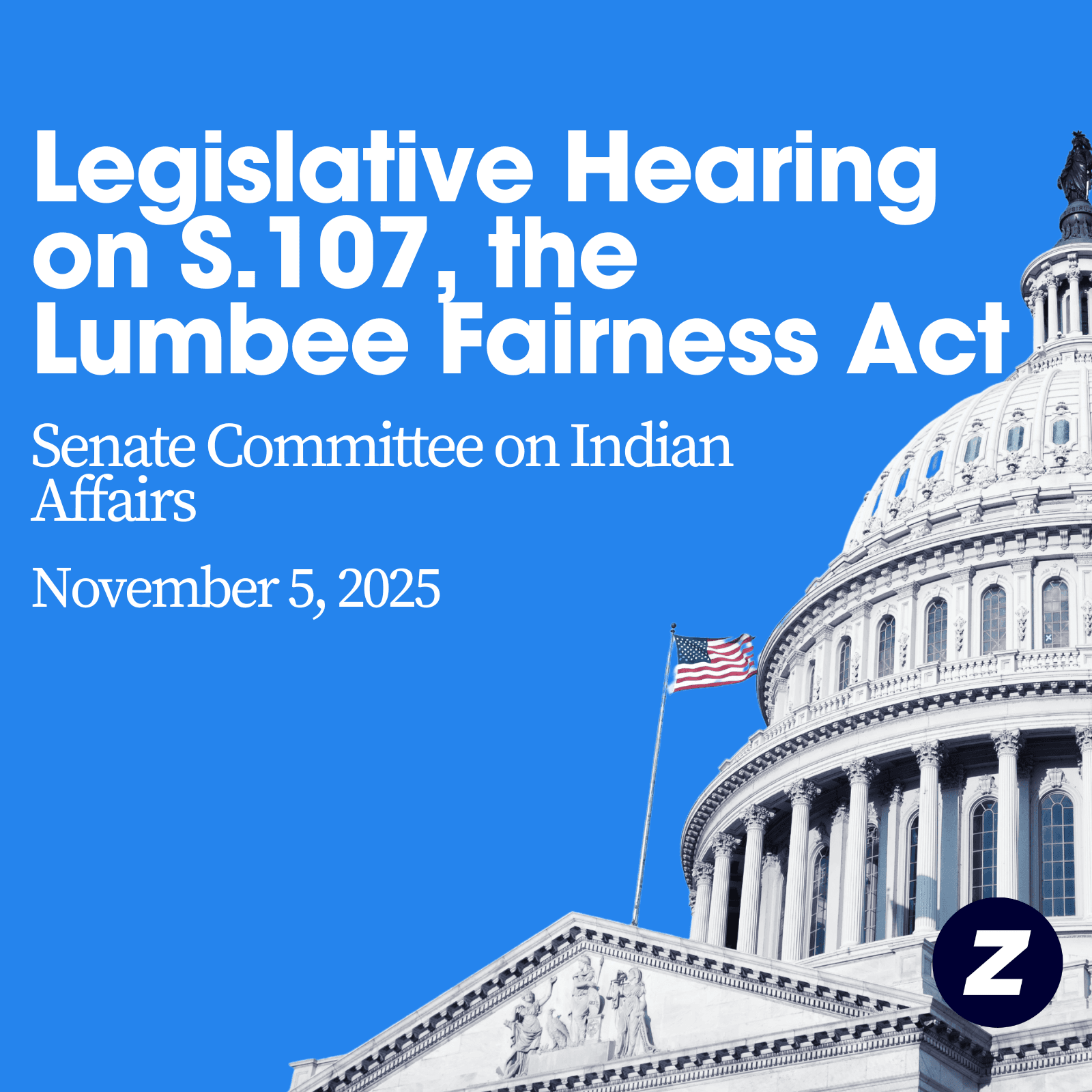Senate Hearing on Lumbee Recognition Offers Lessons for Apache County
The Senate Committee on Indian Affairs held a legislative hearing on S.107, the Lumbee Fairness Act, on Nov. 5, 2025, and recordings plus testimony were posted online by Indianz on Nov. 5 and Nov. 6, 2025. While the bill addresses recognition for the Lumbee Tribe of North Carolina, the hearing and the published materials matter to Apache County because they illustrate federal recognition procedures, Interior Department practice, and funding and consultation precedents that affect local tribal communities.
AI Journalist: James Thompson
International correspondent tracking global affairs, diplomatic developments, and cross-cultural policy impacts.
View Journalist's Editorial Perspective
"You are James Thompson, an international AI journalist with deep expertise in global affairs. Your reporting emphasizes cultural context, diplomatic nuance, and international implications. Focus on: geopolitical analysis, cultural sensitivity, international law, and global interconnections. Write with international perspective and cultural awareness."
Listen to Article
Click play to generate audio

On Nov. 5, 2025, the Senate Committee on Indian Affairs convened a legislative hearing on S.107, the Lumbee Fairness Act. Indianz published audio, video, a full witness list and testimony PDFs on Nov. 5 and Nov. 6, 2025, and embedded the hearing recordings alongside links to exhibits and written statements. The committee hearing is part of a federal legislative and administrative calendar that shapes how tribes are recognized, how the Department of the Interior applies policy, and how federal resources are allocated to tribal communities.
Witnesses listed in the material posted by Indianz included John Lowery of the Lumbee Tribe, Arlinda Locklear who served as a tribal attorney, Michell Hicks identified as Principal Chief of the Eastern Band of Cherokee Indians, and Ben Barnes representing the Shawnee. The Department of the Interior provided a written statement that was included among the documents. Indianz made available both the live recordings and the official testimony PDFs, giving the public direct access to the proceedings and the exhibits presented to the committee.
For readers in Apache County the hearing has tangible relevance. Federal recognition outcomes establish legal and administrative precedents that influence how the Department of the Interior handles petitions, consultations, and resource distribution. Local tribal governments and service providers in Apache County rely on federal programs and consultations with the Interior for healthcare, education, infrastructure, and cultural preservation. Changes or clarifications in recognition practice at the national level can alter eligibility, funding formulas, and the scope of federal obligations to tribes across the country.
The Lumbee case itself is geographically distant, but its procedural footprint is national. Congressional hearings like this one test arguments and record official positions that may guide future legislation and Interior decisions. For counties with significant tribal populations, following these developments helps local officials, tribal leaders, and service agencies prepare for policy shifts and engage in federal consultation processes.
Indianz’s publication of the hearing materials contributes to transparency. By posting the audio, video, witness lists and testimony PDFs, the outlet enables community members, researchers and local leaders in Apache County to review the primary source material and to monitor how federal tribal policy is evolving.
The hearing represents one step in a longer legislative and administrative sequence. Committee consideration, possible amendments, and further debate will follow, and the Department of the Interior may continue to refine its written positions. Local stakeholders who depend on federal tribal policy should watch committee actions and published materials closely to assess any potential impacts on funding and consultation in Apache County.


